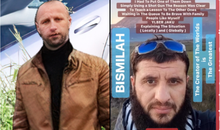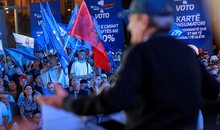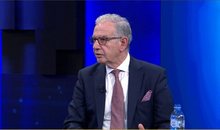
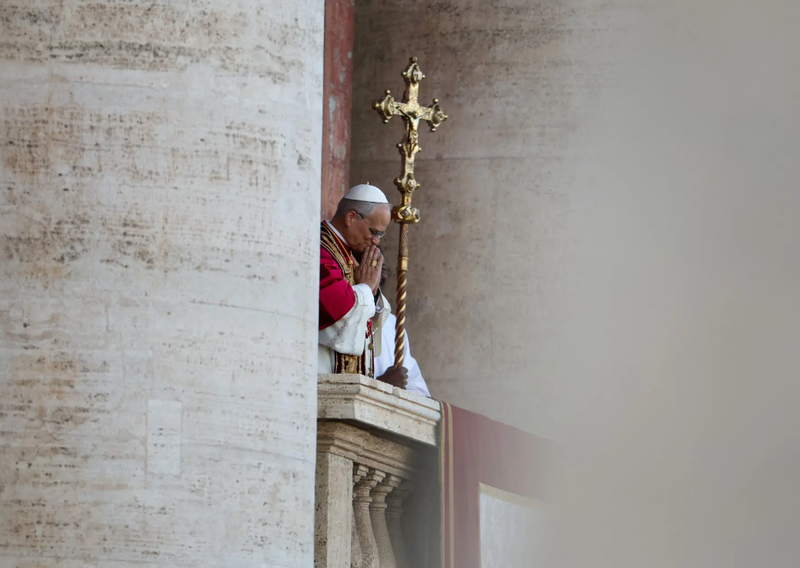
Robert Francis Prevost, 69, was born in Chicago and served for two decades in Peru, where he became a bishop and a naturalized citizen. He then rose to head his international religious order. Until the death of his predecessor, Pope Francis, Prevost held one of the most influential positions in the Vatican, heading the department that selects and manages bishops worldwide.
A member of the Order of St. Augustine, he resembles Pope Francis in his commitment to the poor and migrants, as well as in his effort to meet people where they are. Last year, in an interview with the Vatican's official website, he said: "The bishop should not be a little prince who sits in his kingdom."
He has spent most of his life outside the United States. Ordained in 1982 at the age of 27, he received a doctorate in canon law from the Pontifical University of Saint Thomas Aquinas in Rome. In Peru, he served as a missionary, parish priest, teacher, and later as bishop. As head of the Augustinian order, he visited branches of the order around the world. He speaks Spanish and Italian.
Where does he stand on major issues?
Often described as reserved and discreet, he is likely to be stylistically different from Francis as pope. His supporters believe he is likely to continue the consultative process initiated by Pope Francis to include laypeople in discussions with bishops.
It is not yet clear whether he will be as open to gay, lesbian, bisexual, and transgender Catholics as Pope Francis. Although he has not spoken much on the issue recently, in a 2012 address to bishops, he expressed regret that Western media and pop culture support what he called “sympathy for beliefs and practices that are contrary to the Gospel.” He specifically mentioned “homosexual living” and “alternative families made up of same-sex couples and their adopted children.”
Like many other cardinals, he has been criticized for how he has handled cases of priests accused of sexual abuse.
Who elected the new pope?
The new pope was elected in a conclave that began on May 7, 2025.
The decision was made by the College of Cardinals, the highest body of clerics after the pope in the Catholic hierarchy. There are currently 252 cardinals in total. Only those under the age of 80 are eligible to vote — 135 in total, the highest number ever. About 80% of them were appointed by Pope Francis. Cardinals vote by secret ballot until a candidate receives two-thirds of the votes.
The ballots are burned after each round — black smoke means there is no result yet, white smoke means the pope has been elected.
This conclave lasted two days, a common length of time for the modern era. Historically, elections have lasted from a few hours to over two years.
How long did his election last?
The length of papal conclaves has varied greatly over the centuries. Since 1900, this is the fifth pope to be elected in two days.
The longest conclave during this period lasted five days and 14 rounds of voting, and produced Pope Pius XI in 1922. Pope Francis was elected after two days of voting.
The shortest conclave, the one that elected Pope Pius XII in 1939, lasted only three rounds.
But it wasn't always so quick:
The conclave that ended with the election of Pope Gregory X on September 1, 1271, lasted two years, nine months, and two days.
What are the main issues in the Catholic Church?
The cardinals had to decide whether to elect a pope who would continue Pope Francis' path of openness and inclusion, or to elect a pope who would follow a different direction.
During his 12-year pontificate, Francis made historic statements that encouraged the liberal camp, including allowing people to bless same-sex unions and speaking out in defense of migrants.
The cardinals who elect the pope sometimes seem as ideologically divided as many lay voters around the world. Many conservative Catholic leaders disagreed with Francis.
But the typical divisions between progressives and conservatives do not align so clearly with the ideological battles within the Vatican and the Church more broadly. There are complex debates over:
The role of women in the Church
The place of LGBTQ+ Catholics in the community
Whether priests should be allowed to marry
Accountability for sexual abuse by clergy
As well as many other divisive issues
Latest news

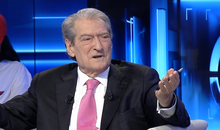
How did LaCivita change the DP campaign? Berisha: He studied the opponent
2025-05-08 22:49:51
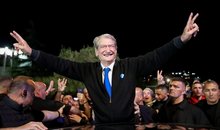
David defeats Goliath
2025-05-08 22:15:50
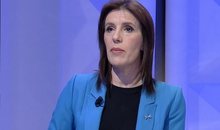
Journalist: There are SPAK infiltrators in party headquarters
2025-05-08 21:55:15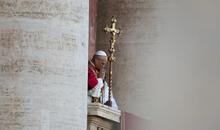
Who is the new Pope?
2025-05-08 21:48:13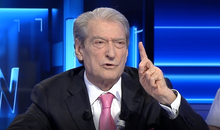
Berisha finally reveals when he will retire from politics
2025-05-08 21:33:46
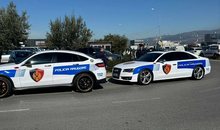
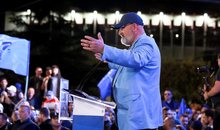
LaCivita in Lezha: Albanians will fire Edi Rama from his job
2025-05-08 21:11:20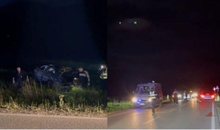

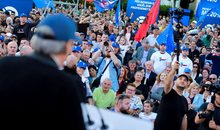
Berisha: LaCivita chose us because he believes in Reagan's program
2025-05-08 20:48:40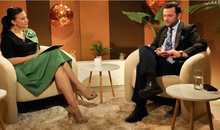
He rejected America to serve Pogradec, Genti Çela tells about life in "Elevate"
2025-05-08 20:26:28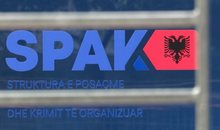
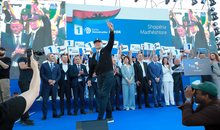
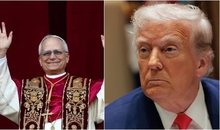
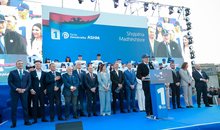
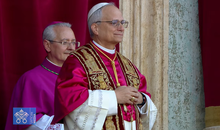
Pope Leo XIV greets the faithful for the first time in St. Peter's Square
2025-05-08 19:29:33
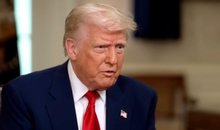
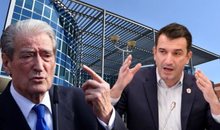
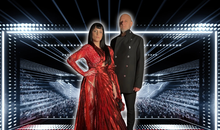
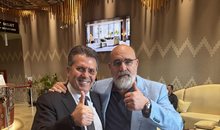
Photo session with LaCivitta in Tirana: For Great Albania
2025-05-08 18:40:18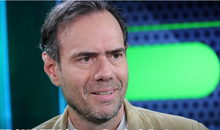
Source: DASH decision a personal victory for Berisha
2025-05-08 18:30:10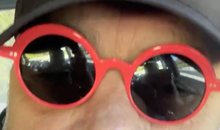
Take off those crazy glasses and see where you've taken him?
2025-05-08 18:02:47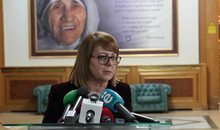
LDK files criminal charges against members of the incumbent Government
2025-05-08 18:02:00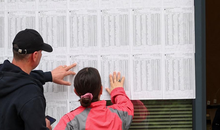


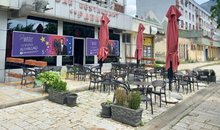
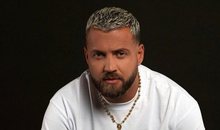
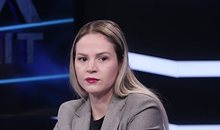
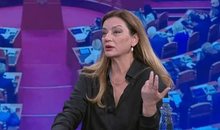
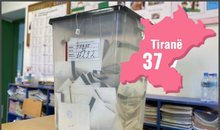
BIRN analysis: Tirana, the determining district for the future majority
2025-05-08 16:04:03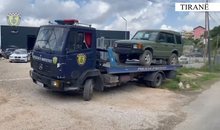
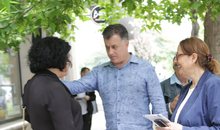
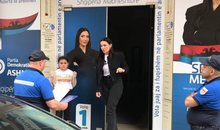
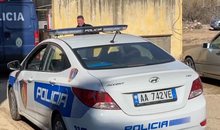
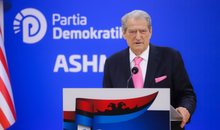
Chris LaCivita's contract with the DP, Berisha: 100% correct and clean
2025-05-08 15:11:11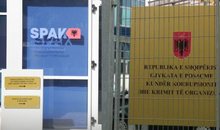
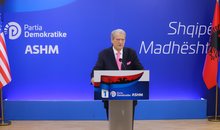
"These are the peak days", Berisha reveals when he will travel to the USA
2025-05-08 14:45:25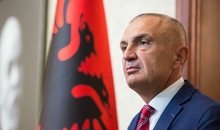
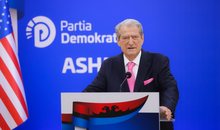
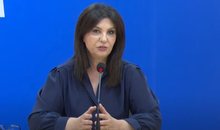
Endless boxes with filled-in ballots, DP demands separation of votes from Greece
2025-05-08 14:11:12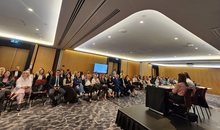

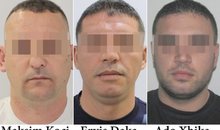
Photo/ Who are the 3 associates of Talo Çela arrested in Dubai?
2025-05-08 13:37:09
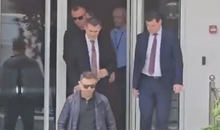
Hetimi për krimet zgjedhore, Altin Dumani zbarkon në Prokurorinë e Shkodrës
2025-05-08 13:06:21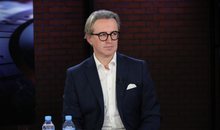
DASH paves the way for Berisha, Alizoti: Great news on the eve of Great Albania!
2025-05-08 13:03:48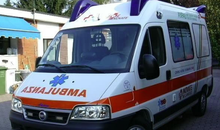
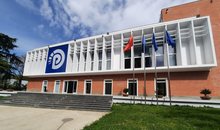
"Freedom works", DP welcomes the US position
2025-05-08 12:48:07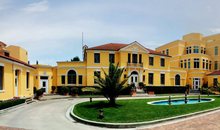
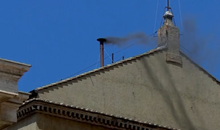
Black smoke rises from the Sistine Chapel, the Vatican still without a Pope
2025-05-08 12:26:18
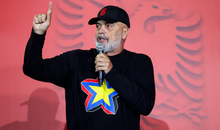
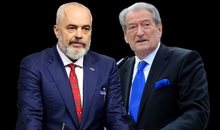
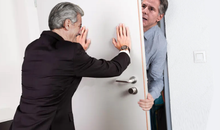
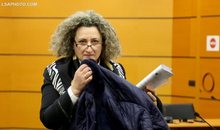

Davide Pecorrelli extradited to Albania
2025-05-08 11:29:04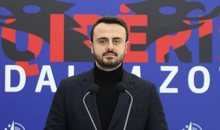
'May 11, Albania will react', Xhaferri: Electoral criminals will pay
2025-05-08 11:21:46
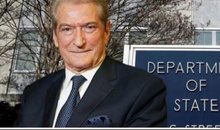
Gjin Gjoni: Non Grata fell, Rama should get ready to go to McGonigal
2025-05-08 11:01:54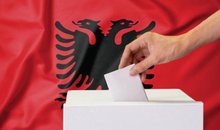
May 8th deadline for immigrants to vote in Greece extended by one day
2025-05-08 10:48:42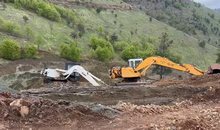
Collapse of massive chrome structure, still no trace of 29-year-old
2025-05-08 10:40:04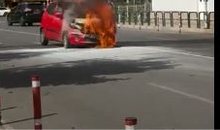
Vehicle bursts into flames in Paris Commune
2025-05-08 10:25:43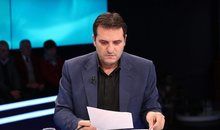
He gave land to his father and cousin, Basir Çollaku denounces the SP candidate
2025-05-08 10:16:16

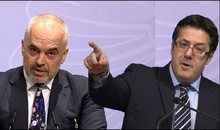
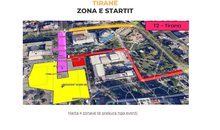
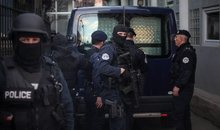
Electoral Crimes/ BKH agents and Police conduct checks in Shkodra
2025-05-08 09:19:13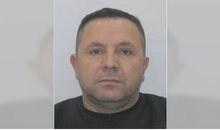
3 associates of Talo Çela arrested in Dubai
2025-05-08 09:02:28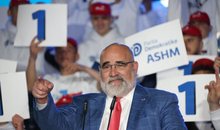
Mouse in the owl's claws, Chris LaCivita responds directly to Rama
2025-05-08 08:45:40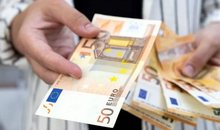
Foreign exchange, how much foreign currencies are sold and bought today
2025-05-08 08:30:38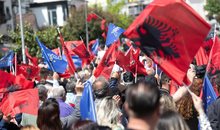
BIRN: Organized crime, the 'invisible party' of the Durrës elections
2025-05-08 08:26:35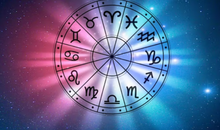
Horoscope, what do the stars have in store for you today?
2025-05-08 08:08:15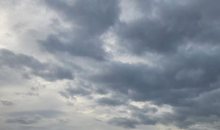
Cloudy and rainy, what the weather is expected to be like throughout the day
2025-05-08 07:52:13
Posta e mëngjesit/ Me 2 rreshta: Çfarë pati rëndësi dje në Shqipëri
2025-05-08 07:40:16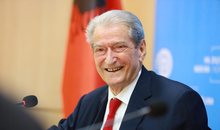
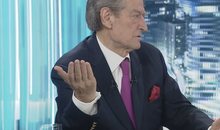
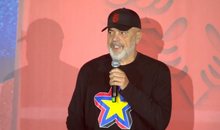
Rama attacks Bardhi: Fier cannot be represented by the world's gas
2025-05-07 22:36:22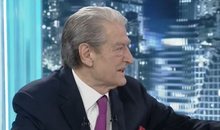

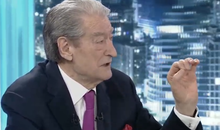
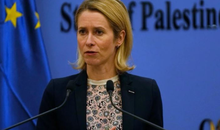
EU calls on Israel to lift humanitarian blockade in Gaza
2025-05-07 21:42:34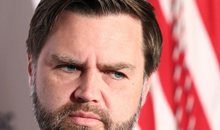
"Russia is "asking for a lot"! Vance calls for direct Moscow-Kiev talks
2025-05-07 21:20:16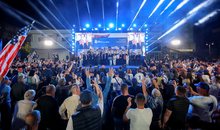

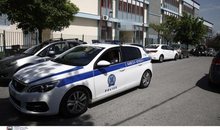
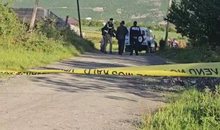
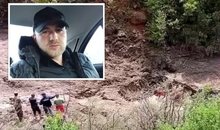
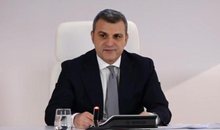
Bank of Albania sets limits on home loans, Sejko: The maximum will be 85%
2025-05-07 20:16:10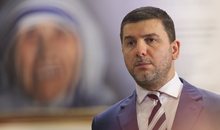
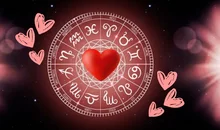

EP calls for immediate lifting of measures against Kosovo
2025-05-07 19:39:58